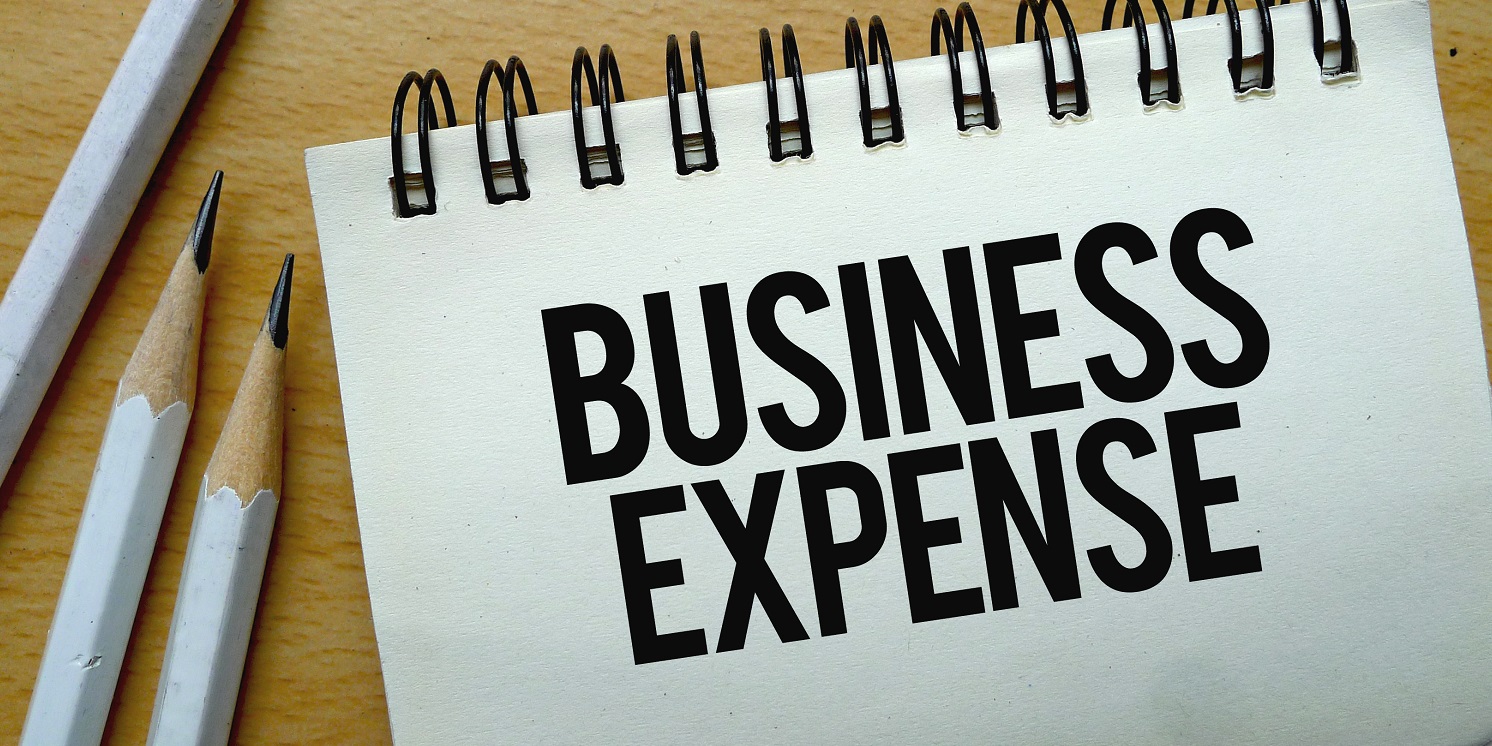How can you best track expenses for your small business? Finance writer Sarah Iqbal explains deductible and non-deductible expenses, as well as the best ways to track expenses to save money and time.
Going through your business expenses is never a fun task, but it is essential for keeping your business finances in check. Apart from just being a necessary admin task, keeping an eye on your expenses will help you better understand your spending. When you manage your costs better, you’ll spot opportunities to save money and, therefore, increase your profitability.
In addition, when it’s time to submit your tax return, having your expenses up to date can save you a lot of time and unnecessary stress. Many business expenses can be claimed as business write-offs. Having a system in place to regularly track your expenses means you are less likely to miss opportunities for deductions.
If you are wondering how to get started with tracking business expenses, I’ve put together this article to help you identify the best and easiest ways to track your small business expenses and make you as tax efficient as possible.
What are expenses?

To track your expenses, you first need to understand what a business expense is. The easiest way to describe them is as the cost incurred in the ordinary course of business. There are two main categories of expenses:
1. Tax-deductible expenses
The most common type of business expenses are deductible expenses. Where expenses are incurred ‘wholly, exclusively and necessarily’ as a result of running your business, they are usually tax-deductible business expenses, if the item isn’t used in a personal capacity as well.
Whilst every business owner must ensure they pay the correct amount to HM Revenue and Customs, there’s no reason to ignore deductible expenses for your small business. A deductible expense is taken from your company profits and can be written off to reduce your overall tax bill.
For small businesses, knowing what these are is essential. Examples of tax-deductible expenses and their categories include:
- Advertising and marketing costs
- Credit card processing fees
- Training and development for employees
- Legal fees
- Salaries paid to contracted employees
- Employee benefit programmes
- Rental of equipment
- Insurance costs
- Office expenses and supplies - for example, stationery
- Utility bills
- Maintenance and repair costs
- Uniforms for staff
- Computer hardware and software
2. Non-deductible expenses
These are expenses that will not reduce or affect your overall year-end tax bill. One of the most common examples of this type of expense is entertaining customers/clients. You still record this type of expense, but the VAT cannot be reclaimed.
Learn more: Can you claim the VAT back on staff expenses?
The thing to remember is if an expense incurred was necessary and wholly incurred as part of running your business, it is a business expense. Any personal expenses must not form part of your expense tracking, for example, clothing items that are not uniforms, food shopping, and dry cleaning.
What is the best way to track expenses for a small business?

Having a good system in place to track all your business expenses is crucial if you want to avoid hassle and confusion at the end of every accounting period. There are many different ways to record your expenses, from the most basic of handwriting the expense in a ledger to using mobile apps and dedicated software designed to record any finances that go in automatically.
The best way to track expenses for your small business will depend on the size of your business and how much you spend running it. You’ll also need to consider what works best for you and saves you time.
Here are some of the best ways to track expenses for your small business:
1. Open a business bank account
No matter how small your business is currently, I strongly advise that you open a business bank account. Ultimately it will make it much easier for you to track everything coming in and out of your account that relates to your business. Small business owners find it confusing when they use their personal account to manage their business finances. The line between what is a personal transaction and what is a business transaction can become confusing quickly.
2. Set up a business expense reimbursement policy for staff
If your staff make purchases as part of their employment, these are potentially deductible expenses for your small business. By setting out a reimbursement policy, you and your employee know what will be expected for that employee to claim back any expense.
For example, the policy could state that the employee needs to complete a reimbursement form with the expense details and a payment receipt to submit it. Then, on approval, you as the business owner should pay that employee back the amount they have spent out of pocket to cover a business cost. The policy should also state what can and cannot be claimed as a business expense.
Learn more: How HR policies and procedures help small businesses
3. Store your receipts
Few things are more stressful at the end of a financial quarter than scrambling around looking for receipts. By storing them correctly, either in a dedicated folder if on paper or by scanning and saving them to a specific folder on your desktop, it will be much easier for you or an accountant to review your expenses when necessary.
If you use apps to manage elements of your business, you’ll find several that are specifically designed to help keep track of your expenses and make life a little easier. There are many options available depending on your specific needs. Some of the most highly-rated apps include BizXpenseTracker, Expensify or GoodBudget.
4. Make an expenses spreadsheet
Now you’ve got a business bank account sorted and a way to store your receipts. Next, it’s time to record every transaction. One of the simplest methods is to create a Google sheet or Excel file. If more than one employee needs to record expenses, an online spreadsheet will allow everyone real-time access to the latest version.
Your spreadsheet should include the following headers:
- Date
- Category
- Vendor
- Cost
- Purpose
As your business grows, inevitably your expenses will too. If you decide to use dedicated accounting software, Excel and Google sheets are easily transferable to most cloud accounting systems, meaning you won’t have to redo any existing work. Making it a habit to continuously add any expenses incurred will make the whole process hassle-free.
Learn more: 5 reasons you shouldn't be using spreadsheets to manage your HR
5. Consider investing in accounting software
Let’s face it: as a business owner; you’ve got a million things to do that are more important than manually recording every expense. As your small business grows, it’s not a good use of your time. A good accounting system will help you keep track of your costs, making your business’s whole financial management a little more streamlined.
We hope this guide will help you identify the best way to track expenses for your small business and determine what expenses could potentially be written off as a result. Doing so will help reduce your tax bill and boost your profitability.
Read more from the myhrtoolkit blog

Written by Sarah Iqbal
Sarah Iqbal is a fully CIM qualified marketing executive and copywriter who specialises in business and finance writing. She regularly writes about how businesses can make profitable investments and use strategies to save on costs and boost revenue.


 Holiday Planner
Holiday Planner Absence Management
Absence Management Performance Management
Performance Management Staff Management
Staff Management Document Management
Document Management Reporting
Reporting Health and Safety Management
Health and Safety Management Task Management
Task Management Security Centre
Security Centre Self Service
Self Service Mobile
Mobile




